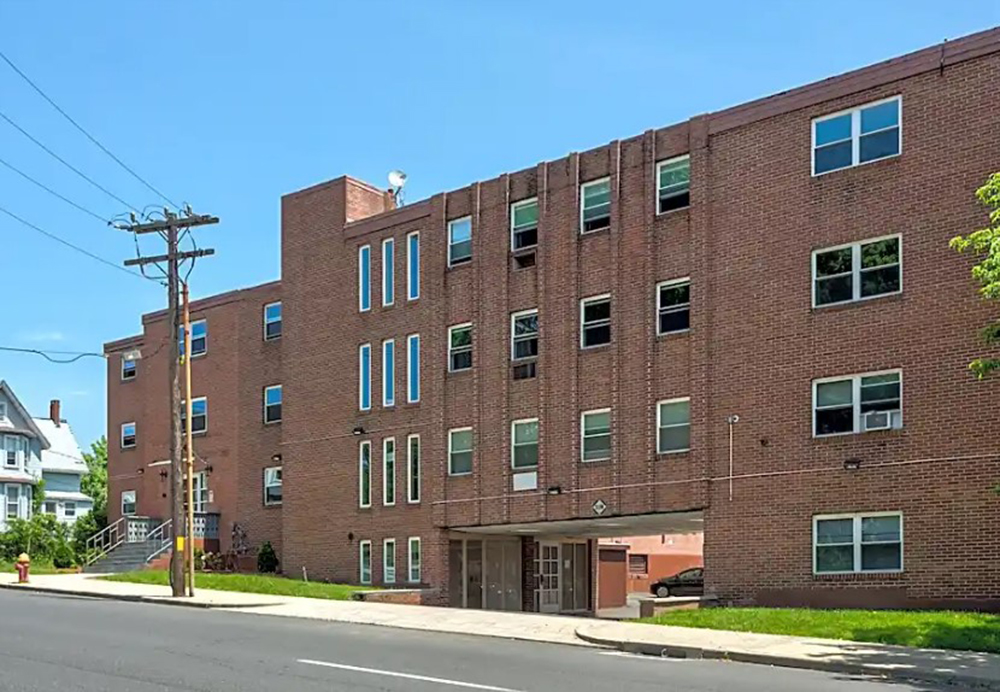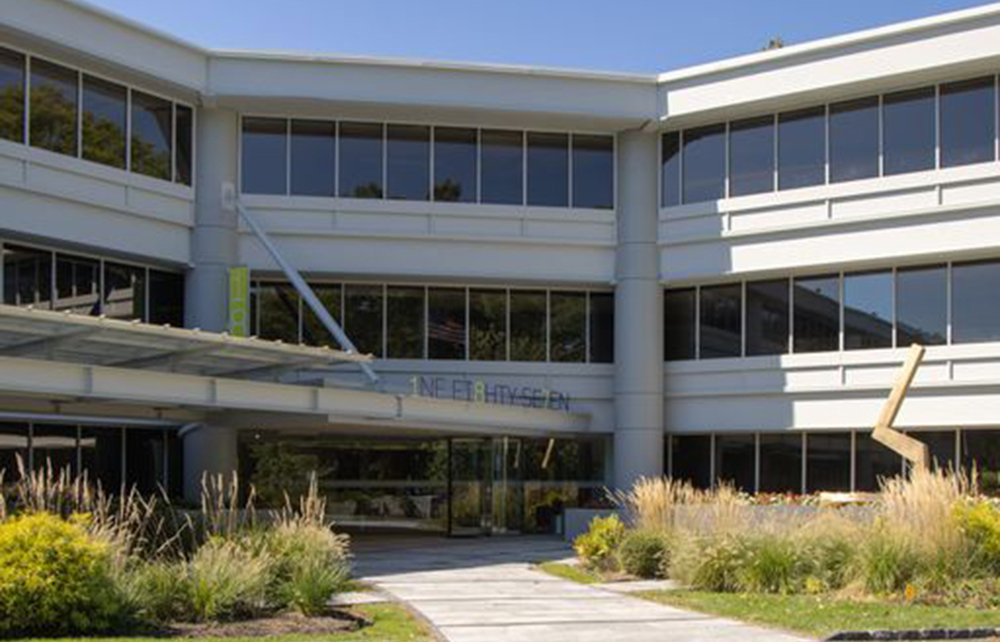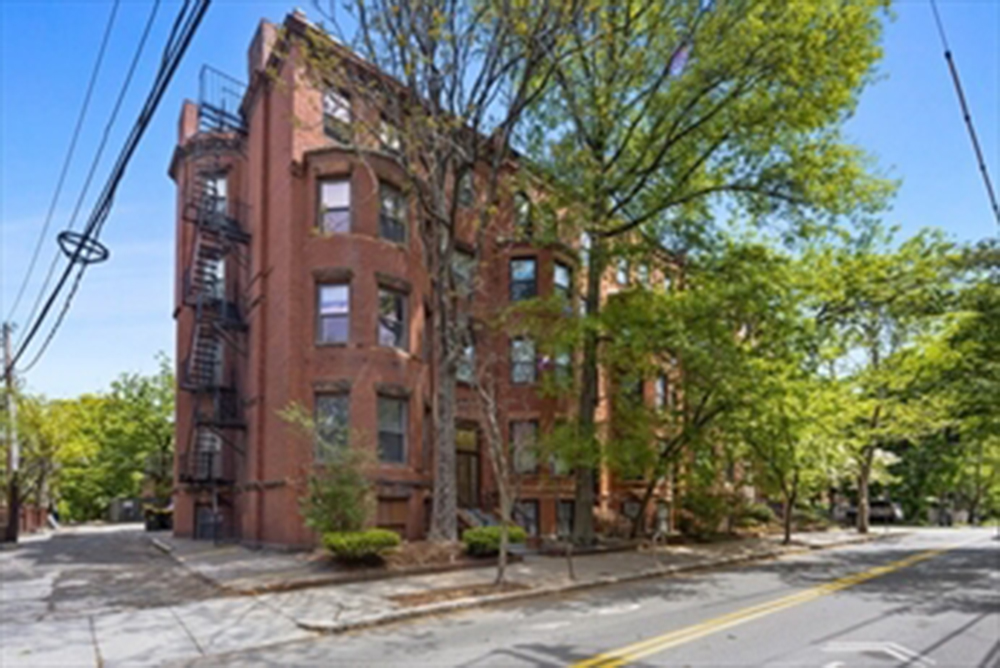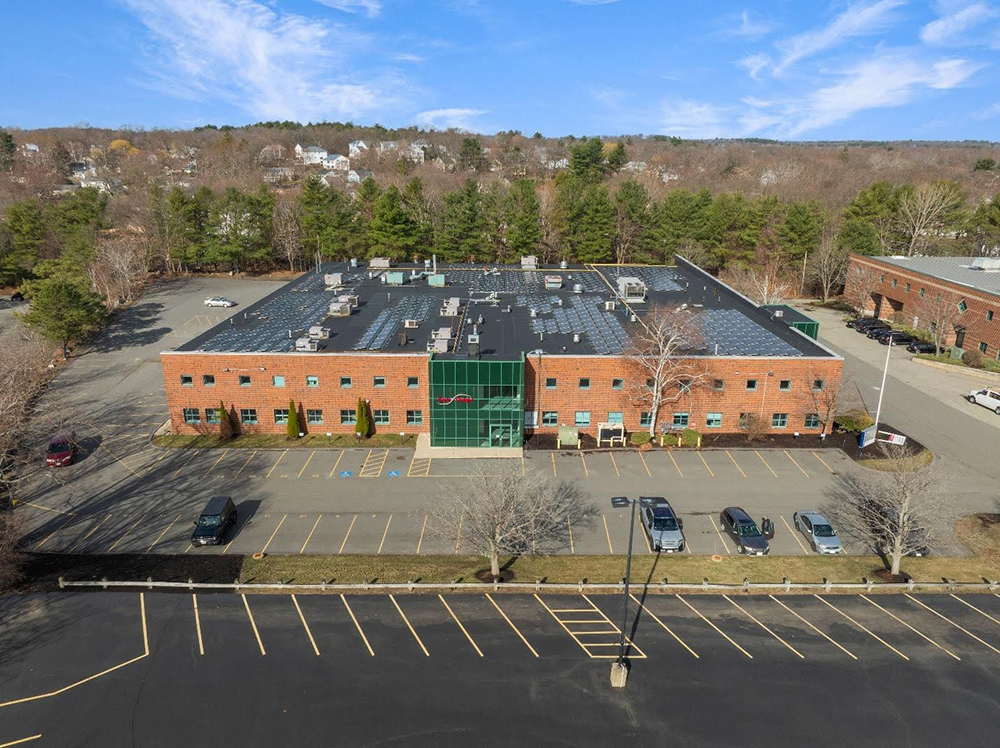News: Connecticut
Posted: September 18, 2007
Alternate BMPs should be part of your construction sequence plans
When most professionals begin to design an erosion control plan, they usually start with two elements - perimeter silt fence and temporary sediment traps. While these elements should be part of a thorough erosion control plan, there are many more Best Management Practices (BMPs) which should also be part of your construction sequence plans.
The purpose of the erosion control plan is to identify and locate the needed control measurements to protect off-site resources by ensuring no increase in turbidity (silty water) to the receiving waters. The Phase 2 Stormwater Regulations require the preparation of construction sequence plans. Construction sequence plans establish the erosion control measures required throughout construction. This is different from the old-style erosion control plans in that the construction sequence plans acknowledge that the site is always changing during earthwork and that the erosion controls will continually change with the work being completed. The old standby of perimeter erosion control is just the beginning.
The design of the construction sequence plans require not only a new way of understanding erosion control and creation of usable plan graphics, it also requires much more detailed planning to decide which BMPs are correct for the site.
In addition to silt fence and sediment basins, here are some examples of other BMPs to consider for your plans:
1. Temporary Curbs - Consider using temporary curbs to divert "clear" water out of the construction area. "Clear" water may come from road runoff or the interface between old and new pavement on a renovation project. Temporary curbs are also used to channel and direct construction runoff to somewhere specific (like a basin) when runoff occurs across pavement, on sub-base of roads or across compacted earth.
2. Earth Berms - Earth berms can successfully gather and direct runoff from either upstream or "clear" water sources or in the middle of a construction site to direct water around a foundation or toward a basin. The one thing to remember about earth berms is that they should be seeded or covered as the exposed earth of an earth berm may generate its own silt. Care must be taken to avoid either over topping or undermining the berm.
3. Cocologs - Treated and compressed coconut-fibers are being marketed in tube shapes (12-24" diameter) as cocologs. These cocologs come in various lengths or can be cut to size. Installation of cocologs is similar to haybales requiring a small trench and stakes. They are much more successful in accomplishing the re-direction of water or filtering of runoff originally credited to haybales. Unfortunately, haybales generally do not accomplish the anticipated filtering because of how haybales are formed. Haybales also last only a few months. Instead, cocologs are uniformly constructed and can last nearly two years. They can also removed and reused.
4. Sandbags - In tight spaces or places where machines can't reach, sandbags can be used to create diversion berms and temporary pools for pumping. They have no filtering capabilities and should not be used for that purpose. They are easily moved and can also be used to address emergency conditions.
5. Plastic Covering - In situations where an earth pile or slope is temporary but rain is imminent, consider using plastic covering to keep the rain off the exposed soils. This will help reduce the maintenance required to repair rills and remove silt deposits. The use of plastic sheeting is also recommended on the back side of berms, fill slopes or other areas which have no other erosion protection. Plastic will keep the grass from growing so it should only be used as a temporary condition. Grass is always the preferred cover material.
6. Wet Swales - This method is usually considered a permanent BMP rather than a temporary one. However, if vegetated or matted, a temporary wet swale will provide filtering of water if the conditions are correct. Construction Wet Swales should include a long wide flat run with several turns. This will slow the velocity of the silty water and allow sediment to drop out just like a winding river does.
These are just a few examples of some of the alternate BMPs to consider when preparing your construction sequence plans. Remember that all BMPs have specific features and should be used accordingly. A mismatch between the site conditions and the BMP will usually result in failure.
Terri-Ann Hahn, ASLA, CPESC, CPSWQ is a principal at LADA, P.C., Simsbury, Conn.
Tags:
Connecticut
MORE FROM Connecticut
Example Story Title CT 1
Boston, MA The fall season always marks the return of IFMA Boston events, and this year is no different. Registration is now open for IFMA Boston’s FMForward Deep Dive 2024. The FMForward Deep Dive 2024 Conference will be held on November 19th at the Babson Executive Conference Center in Wellesley, Mass.

Quick Hits






